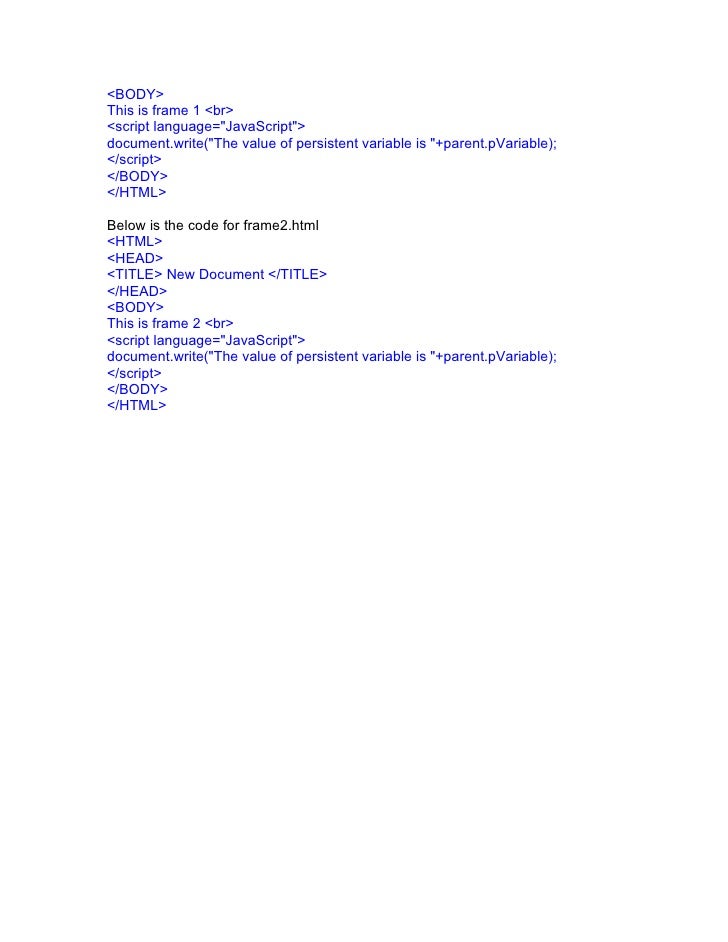

They were widely used to access mainframe computers in the late 1970's and 1980's but use of them declined in the 1990's and they are seldom used anymore. Text-Terminal-HOWTO - This document was originally written for real text terminals which were like monitors (with keyboards), but could only display text with a command line interface (no pictures).
#Tinyterm term script language software#
A personal computer can run terminal emulator software that replicates the function of a terminal, sometimes allowing concurrent use of local programs and access to a distant terminal host system. A terminal that depends on the host computer for its processing power is called a "dumb terminal" or thin client. The function of a terminal is confined to display and input of data a device with significant local programmable data processing capability may be called a "smart terminal" or fat client. A related development was timesharing systems, which evolved in parallel and made up for any inefficiencies of the user's typing ability with the ability to support multiple users on the same machine, each at their own terminal. Early terminals were inexpensive devices but very slow compared to punched cards or paper tape for input, but as the technology improved and video displays were introduced, terminals pushed these older forms of interaction from the industry. - an electronic or electromechanical hardware device that is used for entering data into, and displaying data from, a computer or a computing system.


 0 kommentar(er)
0 kommentar(er)
